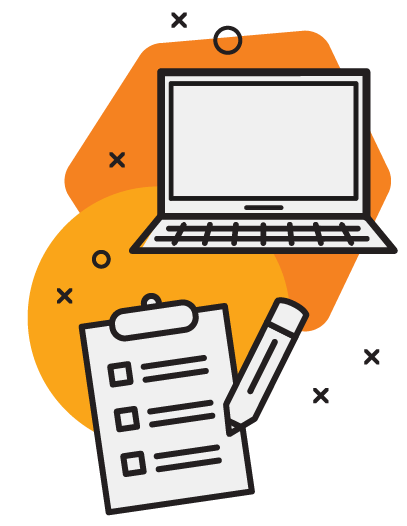
Lesson plans are the driving force of every school day. Sure, they change as student needs change. Kids may grasp some lessons quicker than expected or take a couple of class periods instead of one to comprehend information fully. The original lesson plan might be completely different from the final destination. But the lesson plan is the starting line.
The averageschool dayis approximately 7 hours long, requiring teachers to plan lessons for 5-6 of those hours. One lesson can take over an hour to plan appropriately. Multiply that by the number of subjects taught, andlesson planningtakes a significant amount oftime. Most districts provide aprep periodfor teachers; however, those precious minutes aren’t solely used for planning. There’s grading, communicating with families, working with students, and completing paperwork, just to name a few. With the shortage of substitutes in many districts, that prep period often has to be used to cover another teacher’s class, meaning no prep period at all. Your administrator might require weekly reviews of your plans, whether you had prep time or not.
Whew! How can you make effective and engaging lesson plans while juggling time constraints and other responsibilities?
Guide to Developing a Lesson Plan
Every teacher wants students to think, question, and build new skills, but there has to be a roadmap to success.Scope and sequenceprovide the direction, while individual lesson plans produce the points of interest where learning occurs. There’s a basic framework of objectives, activities, and reflection with lesson plans, but keeping the outcome front and center is essential.Knowing where you want students to end focuses lessons on the entire journey, from introduction to final assessment.
Lesson planningrequires more than just arranging an activity. Lessons begin with academic standards and pacing guides and move into monthly, weekly, and daily plans. While each part of the process is key to the overall success, the daily lesson plan is the most detailed. There are many things to consider, such as time requirements, teaching strategies,differentiation, materials, and assessments. Will the tasks require independent or group work? How will the lesson be presented? What about discussion time, reflection, and closure? Can asubstitute teacherfollow these plans to achieve the desired learning outcomes?
Here are some steps to consider when mapping out your lessons:
How to Create Engaging & Effective Lesson Plans
Students want to feel connected to the lesson. They want material presented in classrooms to be relevant and relatable to their daily lives. It might feel like capturing students' attention and bringing them along on the educational journey is impossible.Teachers can’t– and shouldn’t– compete with the constant flow of images and information presented to kids through social media and technology.So, how can teachers teach students effective andengaging lessonswith limited time and resources available?

There are a few simple ways to make students jump on board.
Choice is one option. Allowing students to decide whether to demonstrate their understanding through an essay or a poster gives them a sense of ownership.
Don’t overuse the same teaching strategies. If students know that math class will always involve paper and pencil to solve problems, consider changing that up withmath gamesthat teach and reinforce skills in your lesson.
Talk with your colleagues and share lesson plans. No need to reinvent the wheel if a teacher bestie down the hall has something tried and tested.
Get to know your students. If you have a classroom full of students who love animals, sports, or theatre, find ways to incorporate those interests into your lessons.
Allow students plenty of opportunities todiscussand share with classmates. This will benefit comprehension and application of the concepts and enhance their communication skills.
Ask students for feedback. Bring them into the driver’s seat by asking what worked in the lesson and what didn’t. They’ll have opinions. You can count on that! Maybe they have no idea how to take notes from a lecture. They might want more feedback throughout the lesson to know they’re on the right track. You may learn they want more time for independentexploration in scienceor writing activities with partners.
The most important part of any lesson plan is you.Without an instructor who knows how to present content in the most beneficial way for each student in class, the plans are just that. Plans. The teacher turns those plans into meaningful learning experiences that make students excited for more.
Pass it on!